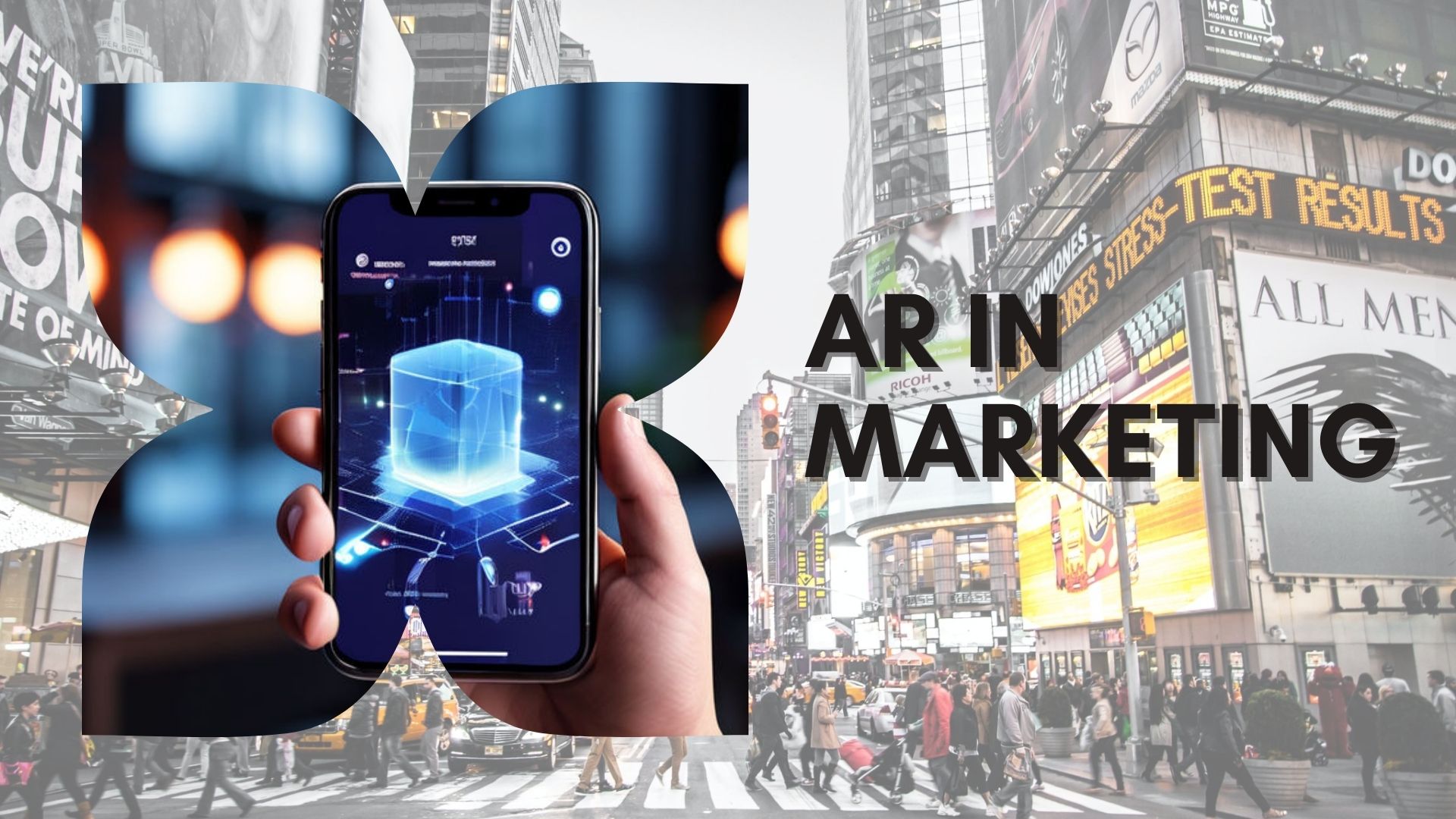
A couple of summers ago we started a series of blogs where we picked an industry that we thought could benefit from augmented reality (AR) technology, and more specifically our patented AR enterprise solution, Adroit. The objective was to identify pain points or create situations that were industry specific and outline how AR could be a useful tool in overcoming a variety of obstacles or simply enhance the current process.
One blog in specific was about the oil and gas industry where we addressed issues such as safety and efficiency. Initially, we wrote the blog from the perspective of outsiders looking into the industry, but fortunately for us, that perspective has since changed.
Our team recently had the privilege of joining Frost & Sullivan’s Oil and Gas Innovation council in Houston, TX where the topic at hand was “The Future of Drilling Systems”. As part of their research for the council meeting, Frost & Sullivan sought out Gravity Jack’s expertise on the current and future states of augmented reality in relation to industry-driven data.
As a result of providing insight for their study, our team was invited to sit in on the council meeting where we able to hear directly from oil and gas executives at Haliburton, Transocean, and others on exactly how AR can impact the industry for the better. Yes, some of this information may be overlap from the previous blog, but if Star Wars has taught us anything, every good sequel comes with a backstory.
One of the first headaches that the council was quick to point out was keeping up to date with the amount of reporting and record-keeping that is required while drilling. After all, oil and gas is very much a data-driven industry. For most of us checklists and spreadsheets work fine, but when there are many moving parts and personnel in the field it can prove to be a daunting task to stop the task at hand and accurately go through a checklist.
To help with this, AR technology could be an assistant quietly doing the record-keeping in the background. With a head-mounted display (HMD), a worker could go about their routine as they normally would — all the while the AR assistant is taking note of their actions and checking it off of the list. The HMD could even take a photo or video at every checkpoint and include them in a final report that gets sent to management.
Another issue that was heavily stressed was having employees that are competent and not just compliant. Meaning, it is one thing to complete a task — it is something completely different to understand why there was the need to do the task in the first place and what measures can be taken to prevent it from happening again in the future. After all, the council was quick to point out that many of the rigs in operation are 30 plus years old and are incredibly complex to operate on.
At Gravity Jack, we believe one of the biggest assets AR can provide any industry is education. Whether it’s during a training course or out in the oil fields, augmented reality has the ability to take a step by step approach with an employee and ensure any task is done correctly. Users would have the ability to scan any portion of the oil rig that is malfunctioning and be provided with instant directions on the proper method to get it fixed. The AR system could be programmed to provide the user with information on the tools to be used, the direction to turn a screw, and even explain why a certain part needs to be fixed.
In addition to these issues that are directed towards work in the field, the panel discussed topics such as machine automation and a potential open source software platform for technology such as augmented reality. We believe that we can help with both issues.
No, Gravity Jack is not pivoting towards building automated rigs for oil companies (or are we?!?!), but we could help with the oversight. Automation still requires human interaction in the event something goes wrong or is broken. In all of the same ways we laid out how AR could help above, the same can be said for the automation process.
In terms of an open software platform that all oil companies can contribute towards as a technological guide or standard, Adroit is the perfect candidate. It could provide a cloud-based content management system that teams can contribute to and/or update as needed. Federal OSHA rules and regulations for job site safety are universal no matter the company. Teams would be able to identify and define certain safety practices (that are continually being updated) that they want to ensure are not being compromised. Adroit would be able to detect if a harness wasn’t latched or a switch wasn’t flipped and immediately raise a red flag.
All of that said, writing these posts and keeping them reasonable length is a tough task because the imagination can run wild. The scenarios and opportunities that AR can assist with are vast and wide. Even if your solution seems too off-the-wall to seem practical, we want to hear it! Chances are, we’ll find a way to make it happen.








